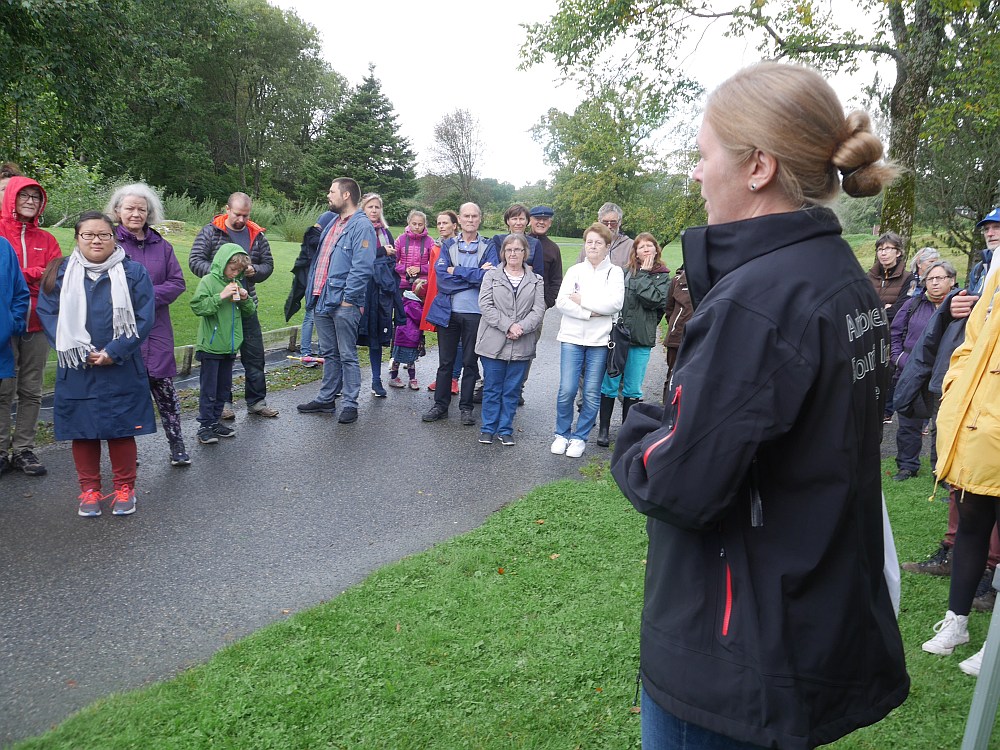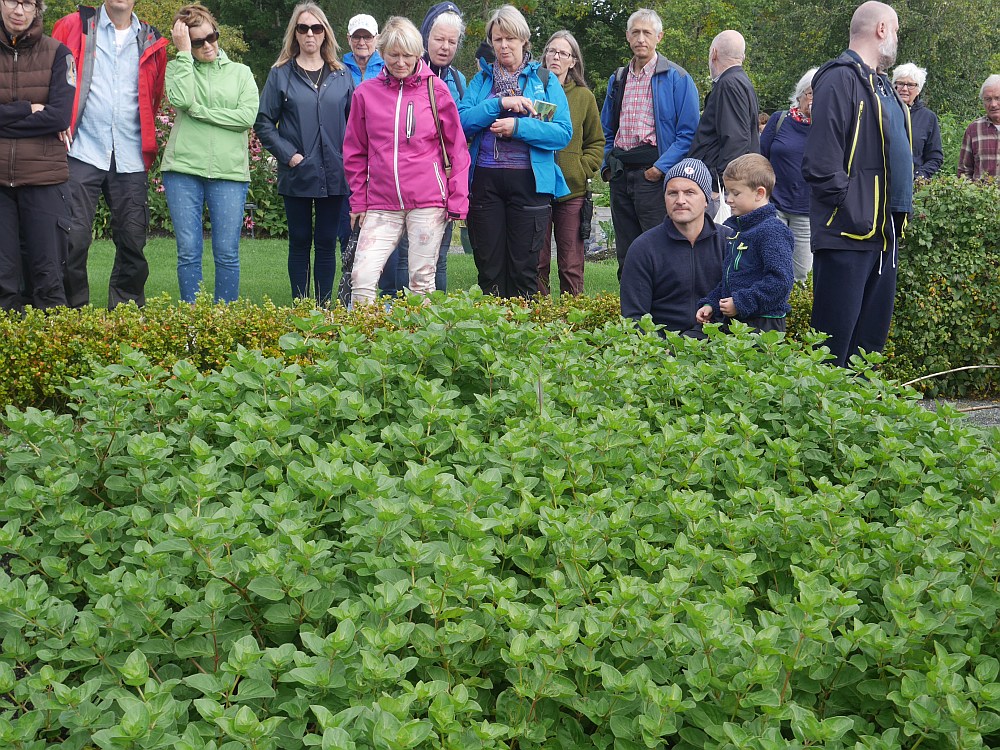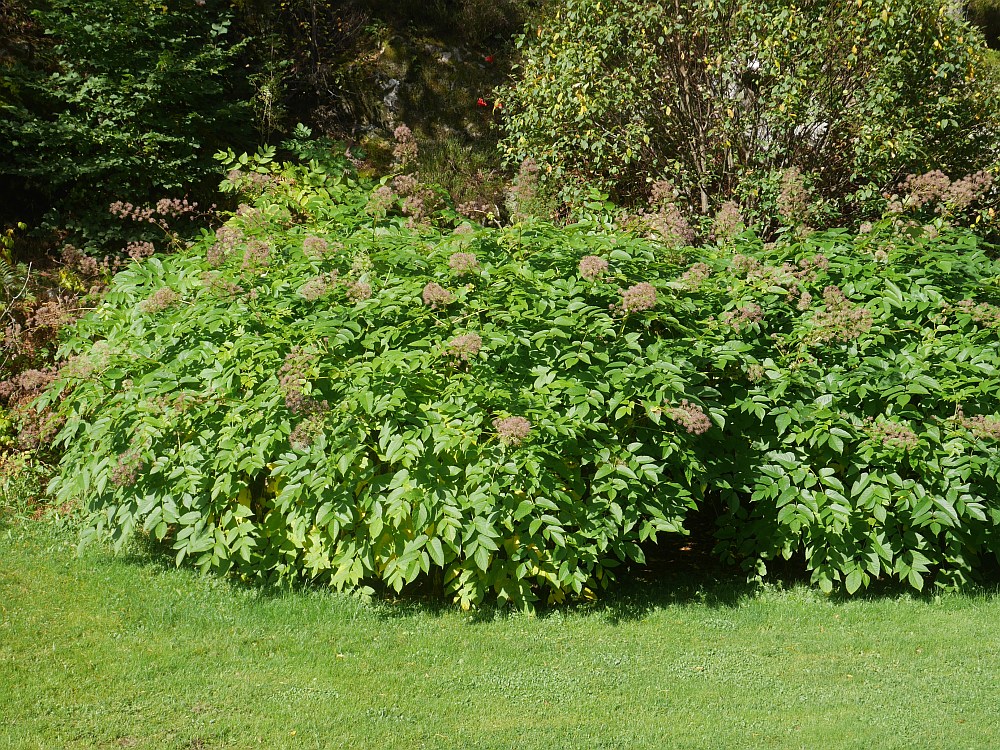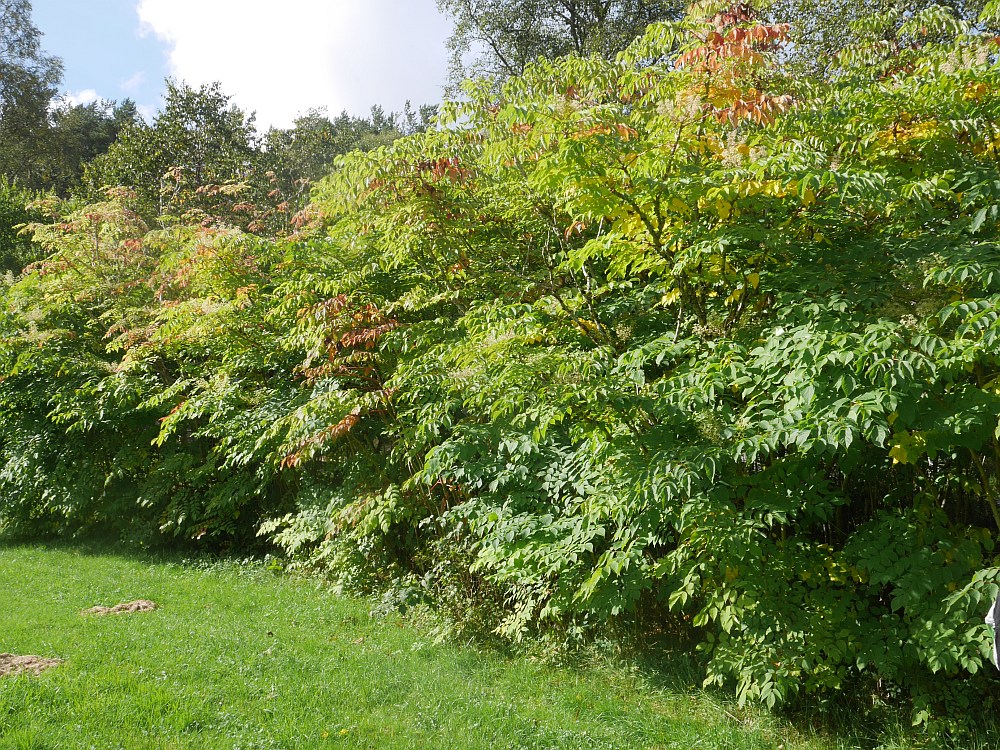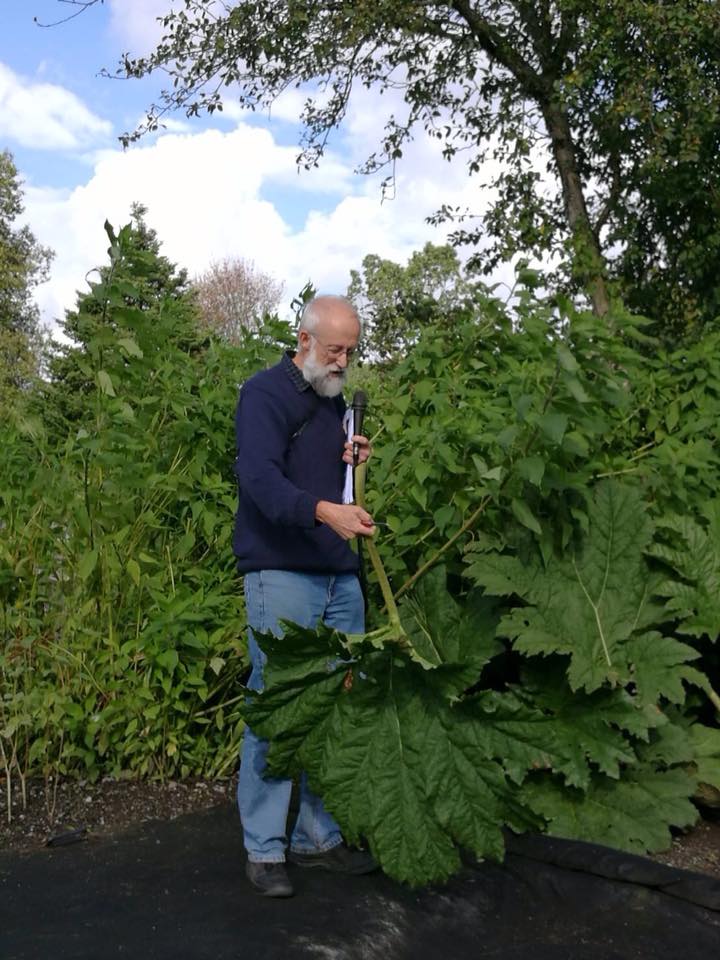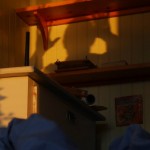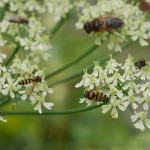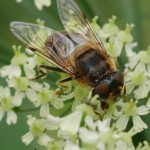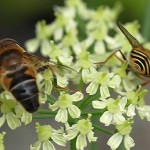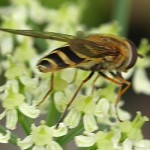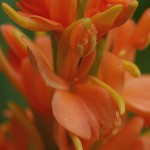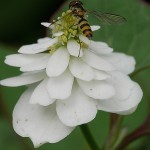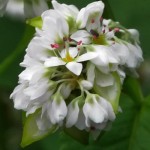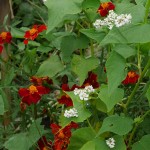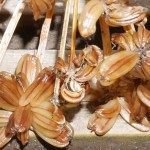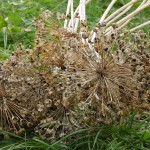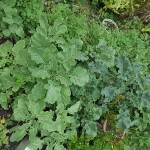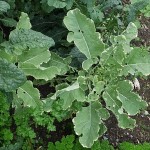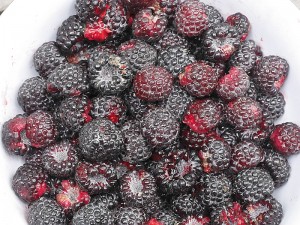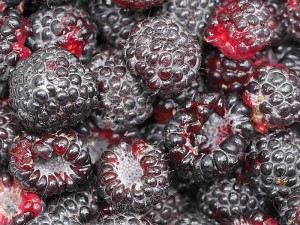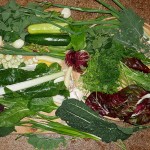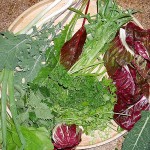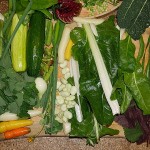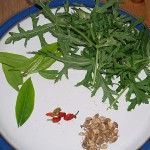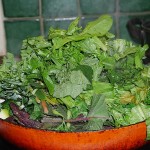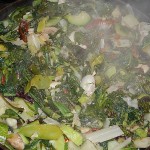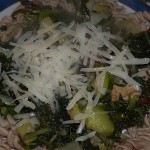What a lovely evening in good company of local (to Dyke by Forres) permaculture folk, forest gardeners and a van load from Findhorn! Thanks to my hosts Kirsty Reid and psychology of resilience author Chris Johnstone!
Monthly Archives: September 2016
Milde garden tour 10th September 2016
I didn’t take many pictures on Sunday’s guided garden tour at the botanical garden in Bergen at Milde, but here are a few! I was very impressed in particular by the Andean vegetables including mauka and maca! Thanks to Heidi Lie Anderson, Bjørn Moe and, in particular, skilled Andean gardener in Bergen, Bodil Oma!
It was also great to have the chance to harvest and share the Gunnera (Nalca) leaf stalk….the verdict was that it was surprisingly good, sweetly acid flavour! Here’s an album of pictures I took of the amazing Nalca food forests of Chiloe Island in Chile (including being shown by a local how to eat it!): http://www.edimentals.com/pictures/index.php?/category/10
See also http://www.edimentals.com/blog/?page_id=677
Sunrise wake-up
8th September and I woke to the sun’s rays shining into my bedroom (the door to the balcony was open) and another spectacular sun-rise it was. Sun-rise will within a few days be directly over the tip of Malvikodden and that’s a turning point in my world towards autumn!
Norwegian articles on edible halophytes and biosaline agriculture
Here are scans of two articles I wrote published in 2004 (in Norwegian) in Våre Nyttevekster. The first one is about great edible salt tolerant plants (halophytes) such as Tripolium vulgare (syn. Aster tripolium), Sea kale (Crambe maritima) and Beta maritima (sea beet), articles that were later expanded in my book Around the World in 80 plants!
For various reasons large areas of conventional agricultural land around the world are becoming too salty to grow conventional crops due to intensive cultivation with irrigation leading to salt build up in the soil. In places like the Netherlands coastal agricultural land is impacted by salt water from the sea. One can either try to breed increased resistence to salt in conventional crops or develop non-conventional crops based on wild species that naturally tolerate high levels of salt, so-called halophytes.
A Sonchus oleraceus variety?
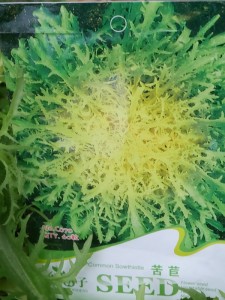
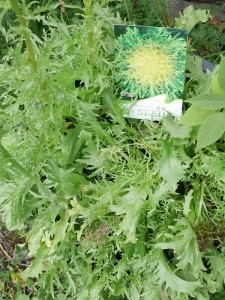
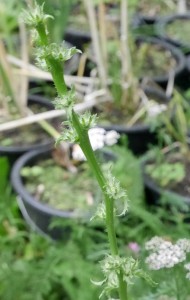
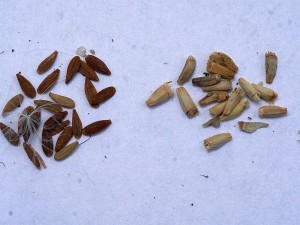
Weekend garden pictures 3rd – 4th September 2016
Black raspberries 2016
Why is it that black raspberries (Rubus occidentalis) aren’t more grown in Europe? They started ripening two weeks earlier than last year, see http://www.edimentals.com/blog/?p=2368
During the garden tour at the weekend everyone was offered a taste and all seemed to be impressed…I told them not to swallow but save the seed and stratify, so perhaps they will start becoming more popular…
Added a picture at the bottom of the almost thorn free stems, unlike the very thorny wild species!
Cold but stunning!
Joke plants
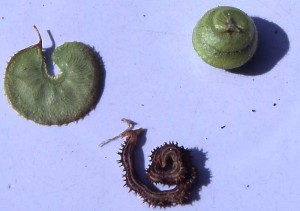
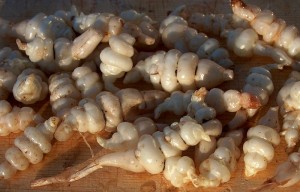
I read some 15 years ago (but would love a proper reference*) that the Victorians (and some more recent jokers too) were fond of practical jokes and would add various plant parts that resembled caterpillars, snails, worms etc to their salads. I call them collectively joke plants. I should grow them again…I love humour in the garden :)
Scorpiurus muricatus and S. vermiculatus (Prickly caterpillars, prickly scorpionstail / skorpionurt), Medicago scutellata “Sava” (snail medick), Medicago radiata (ray-podded medick) and chorogi or chinese artichoke (Stachys affinis) are examples. Pictures below (yes, I’ve grown them and smuggled them into my salads for the entertainment of unsuspecting visitors!)
*I find the following reference in Google Books: A Joy of Gardening by Victoria Sackville-West (Harper, 1958). On pages 184-186, there’s a section called “Joke plants” which I’d love to get hold of! Anyone have this book?
Add 050916: Thanks to Alison Tindale who mentioned joke plants in her great blog The Backyard Larder having seen a reference in the classic book by Fearing Burr “The Field and Garden Vegetables of America Containing Full Descriptions of Nearly Eleven Hundred Species and Varietes; With Directions for Propagation,Culture and Use” (1863). See
http://backyardlarder.blogspot.hu/2013/06/rhubarb-vegetable.html (at the bottom)
A green medley pasta sauce for dinner!
Mostly annuals and biannuals tonight, but still 1/3 of the 41 ingredients are perennials!









